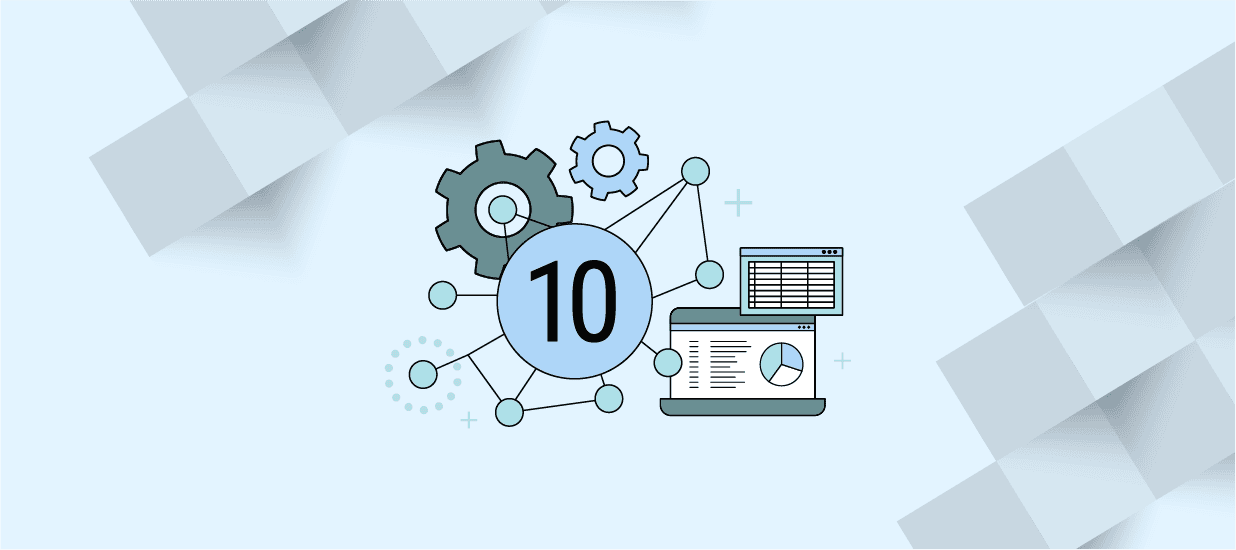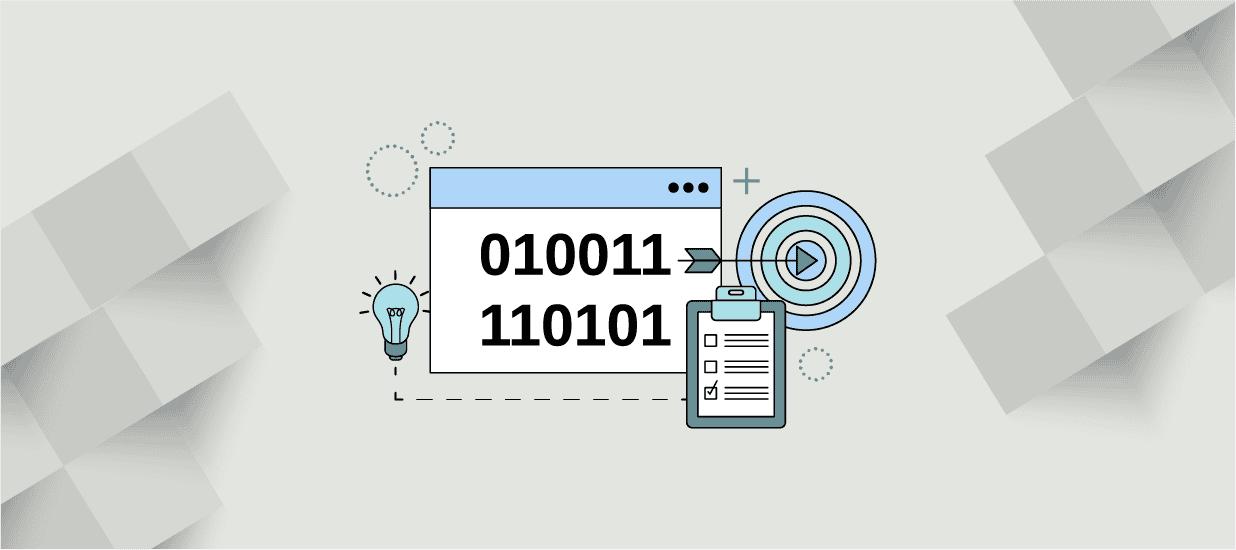In this age of information overload, we’ve become accustomed to having the answers to all our questions at our fingertips, so building a self-service business intelligence is a necessity. This tide change in our expectations is naturally flowing over into the workplace. Our appetite for information at work is thriving and continues to grow. Additionally, the companies that can adapt their culture to information will be able to service this demand. This will allow them to have a competitive advantage over their peers who are two steps behind.
Enabling your workforce with the information they need to make better business decisions is a win-win, and in today’s business environment that means building a self-service analytics platform. But what’s the secret recipe? Successful business intelligence (BI) and analytics projects have similar characteristics, here are just a few.
1. Who Builds a House Without a Plan?
Establishing a strong self-service strategy is critical for success but is often underappreciated and overlooked. More than just an ‘idea about where you’re heading and who’s going to participate’, it’s a comprehensive plan. The plan maps out the people, resources, and objectives that will drive the project forward and ensure business value is maximized.
Self-service BI projects are often chartering new territory within the organization, so it’s important to maintain an agile and flexible approach so you can deal with the curveballs along the way. However, it’s also critical to recognize that when creating something new and challenging, the norms within an organization being able to communicate a firm plan is more important than ever.
Get the right people together and ensure they have the time to dedicate to the initiative. All too often the project team is a winning mix on paper, but competing responsibilities reduces people’s effectiveness and hinders the impact of the team as a whole.
In addition to this, finding the right executive sponsor for your project is critical as they can become a magnet for resources.
2. Find an Executive Champion to Fly the Flag
Finding an executive sponsor is pivotal to creating a successful self-service business intelligence project for several reasons. Vision, experience, and sway within the organization are all important, but so is the ability for a senior leader to create drive and accountability amongst the data project team.
An executive sponsor can help guide change with their wider enterprise perspective, identifying potential bottlenecks or conflicts in advance that may not be seen by other team members. Naturally, the executive is in a better position to eliminate these roadblocks and ensure the path to success is clear.
The modern BI project will often challenge traditional IT policy and workflows. Therefore, having an executive on board to help justify and facilitate your demands for change makes a significant difference.
3. IT and the Business Should be Buddies
Traditionally, IT was the gatekeeper to all things data. They would prepare, analyze, and then report to the business. However, this left many unanswered questions and with no ability to dig deeper and the value generated by this style of reporting was limited.
Moving forward to the first versions of self-service, companies tried to reduce the hoops to jump through by providing curated cuts of data to business functions to build their own reporting. This was a step in the right direction but brought with it other issues. Some of the issues included inconsistency in views for different business units and a lack of visibility into the logic that created those views.
Come 2022, the modern analysis environment sees IT and the business working in partnership. While still having the overarching responsibility of governance and security, IT’s role is to empower the business and achieve the strategic goals defined at the top table.
A modern approach to analytics combined with the latest tools means security and governance don’t have to be compromised in a direct trade-off to innovation and progress. Modern self-service business intelligence tools have governance baked in. In many cases the business can be self-sustainable once IT has laid the ground rules. Instead of throttling back the torrent of data, IT can set up guard rails to help navigate and direct the users to success.
From Data Capture to Analytics–The Game is Changing Fast!
The last ten years has seen our ability to capture and record information grow exponentially. On the contrast, the cost of doing so has plummeted. Companies have raced to prop up storage with traditional databases growing into the ‘data lake’. In many cases, it is an understatement as the data lake has grown into an uncharted ocean. Generating value from this ocean of data and empowering users to take advantage of is the hurdle most companies see before them.
A robust self-service platform channeling useful information to the front line will become the standard within organizations. New and innovative tools tackling data pipelines, NoSQL storage, and machine learning are also bursting onto the scene. Therefore, we need solid BI platforms with sound foundations to bolt on to. Data literacy is on the rise and the appetite is there, so time to roll up the sleeves. What more could you want than a hungry customer?
Move Beyond the Spreadsheet
Optimize your data projects and elevate your career with Business-Driven Data Analysis. Figure out what a stakeholder truly wants, refine the project based on available data, produce results, and provide strategic insights. Ready to advance from a tactical role to being a strategic contributor?
Author
-

Scott Duthie, with a decade of expertise, specializes in leveraging data to drive company growth. Having worked at Pomerol Partners, he excels in harnessing insights for strategic development. For questions or inquiries, please contact [email protected].
View all posts








